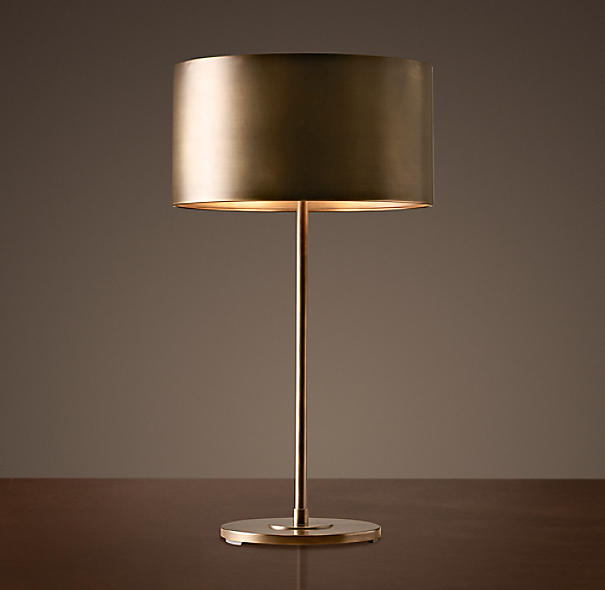Warm light will be a bit more of a challenge for the home in 2014. The move toward CFL- compact fluorescent light- bulbs and the new ban on traditional incandescent bulbs, heralds the time for a little lighting education.
Incandescent bulbs are not as energy efficient as a CFL, which is good for your budget in the long term. However, the light they produce looks different and they will make the colors in your home look different. And by different, I mean that the colors will not only skew, but possible will completely change the levels of color in your color palette. So that, the palette you created so carefully, could no longer match. This can be helped with a little knowledge of the science of light.
Light is actually a physical manifestation of heat, if you will. So the color of light, and it does come in colors, can be expressed in a measurement of temperature. Color temperature refers to the color of the light and is represented in Kelvin degrees.
Your light bulbs typically refer to cool or warm light, which in itself is a temp. reference. We are used to incandescent bulbs, which are warm by nature and in the range of 2700 degrees to 3300 degrees Kelvin. Warm CFL's also fall into this range, but on the high end. The higher the number the cooler, or more blue the light. Note the differences in the office spaces below and imagine what that will do to your carefully selected warm grey living room!
.

Cool florescence bulbs are 5000 degrees Kelvin (represented as 5000K, typically). Bulbs known as "full spectrum" like the brand OTT light, offers light that is 5500-5900K. These bulbs are used for task lighting for artists, especially quilters where color is critical, and for people with
Seasonal Affective Disorder, which is a type of depression that responds to light therapy and often occurs in the winter months.
Daylight is 15,000 degrees Kelvin and is very blue. Sound strange since the sun is considered orange? Try taking a photo on a sunny day and look at the shadow. Blue.
Now, how does this relate to home lighting? As most people associate home with incandescent light color and they are being discontinued, homeowners need to learn to read color temps on their light bulbs to get the warmest- lowest temperature- CFL bulb in order to have the light they perceive as correct and for the colors in their home to still go together. I have been using the brand Eco-Smart from Home Depot and I like them very much. The light is consistence, the bulbs are long lasting, and they are inexpensive.
Another way to do this is to use lighting fixtures with yellow glass shades or lamp shades lined in gold or made from fabric on the yellow side.
Lastly, CFL's and other fluorescent bulbs should not go into the landfills, thus the garbage can. They contain heavy metals like mercury which will leach into the water supply. I am glad to live in a city that offers "Hazardous Waste Day" on Earth Day weekend. I can recycle everything from used fluorescent bulbs to old paint, and out of date prescriptions. I keep a box going the garage with "special recycling". If your city does not offer this service, write your city council person. In the mean time many stores that carry the bulbs offer recycling. Encourage them by purchasing your bulbs there and recycling them there as well.


 Cool florescence bulbs are 5000 degrees Kelvin (represented as 5000K, typically). Bulbs known as "full spectrum" like the brand OTT light, offers light that is 5500-5900K. These bulbs are used for task lighting for artists, especially quilters where color is critical, and for people with Seasonal Affective Disorder, which is a type of depression that responds to light therapy and often occurs in the winter months.
Cool florescence bulbs are 5000 degrees Kelvin (represented as 5000K, typically). Bulbs known as "full spectrum" like the brand OTT light, offers light that is 5500-5900K. These bulbs are used for task lighting for artists, especially quilters where color is critical, and for people with Seasonal Affective Disorder, which is a type of depression that responds to light therapy and often occurs in the winter months.







No comments:
Post a Comment
Thank you for your comments! They will post as soon as they are moderated.